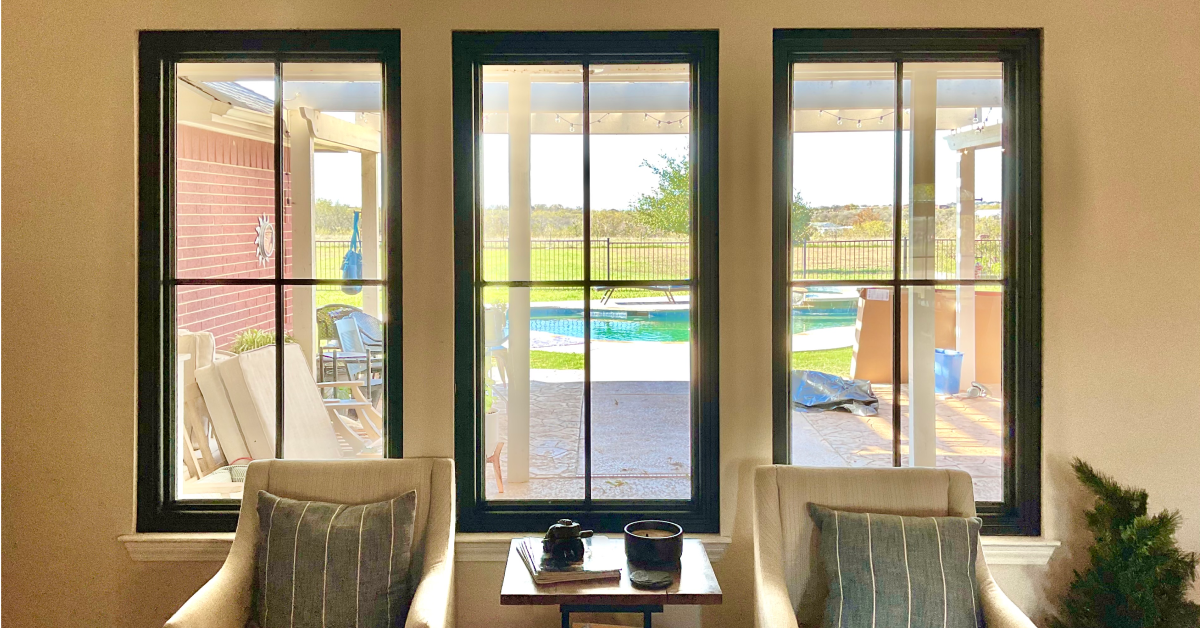Living in a noisy environment can significantly impact your home's comfort and your quality of life. Whether you're dealing with traffic noise, construction sounds, or neighborhood activity, noise-reducing windows with proper STC ratings can provide the peace and quiet you need. Understanding how Sound Transmission Class (STC) ratings work will help you make informed decisions about window replacement that can transform your living space into a more comfortable sanctuary.
What Are STC Ratings and Why Do They Matter?
Sound Transmission Class (STC) ratings measure how effectively a window or building material reduces sound transmission. The rating system uses a standardized test that measures how much sound passes through a material across different frequencies. Higher STC ratings indicate better sound-blocking performance.
For windows, STC ratings typically range from 18 to 48, with most standard single-pane windows scoring around 18-20. This relatively low rating means these windows provide minimal noise reduction. In contrast, high-performance noise-reducing windows can achieve STC ratings of 35 or higher, offering substantial improvement in sound control.
The difference between these ratings is significant in real-world applications. A window with an STC rating of 25 will reduce perceived noise by approximately 25 decibels, while a window rated at 35 will reduce noise by about 35 decibels.
How STC Ratings Are Measured
The testing process for STC ratings follows strict ASTM standards conducted in controlled laboratory environments. During testing, sound is generated on one side of the window at various frequencies, while sound levels are measured on the opposite side. The difference between these measurements determines the window's sound transmission loss.
Key factors that influence STC ratings include:
- Glass thickness and composition
- Number of glass panes
- Air space between panes
- Frame material and construction
- Weatherstripping and sealing quality
- Installation precision
Professional installation plays a crucial role in achieving the rated performance. Even the highest-rated windows will underperform if not properly installed with appropriate sealing and weatherstripping.
Ideal STC Ratings for Different Environments
Quiet Residential Areas (STC 25-30)
Homes in quiet suburban neighborhoods typically need windows with STC ratings between 25-30. These ratings effectively reduce common household noises like lawn mowers, distant traffic, and neighborhood conversations without requiring the highest-performance options.
Moderate Noise Environments (STC 30-35)
Properties near busy streets, schools, or commercial areas benefit from windows with STC ratings of 30-35. This range provides noticeable noise reduction while maintaining reasonable cost considerations for most homeowners.
High-Noise Locations (STC 35+)
Homes near airports, highways, construction zones, or industrial areas require windows with STC ratings of 35 or higher. These high-performance windows can significantly improve living conditions in challenging acoustic environments.
Window Features That Improve STC Performance
Glass Configuration
Double-pane windows with different glass thicknesses perform better than identical panes. For example, combining 3mm and 6mm glass panes can improve sound transmission loss compared to two identical 4mm panes. Triple-pane configurations offer even better performance for extreme noise environments.
Gas Fills and Spacers
Inert gas fills like argon or krypton between glass panes can enhance both thermal and acoustic performance. Warm-edge spacers also contribute to overall window performance while maintaining structural integrity.
Frame Materials and Design
Advanced composite materials like Fibrex® combine the strength of wood with the low-maintenance benefits of vinyl. These engineered materials can provide excellent acoustic performance while offering superior durability and energy efficiency compared to traditional materials.
Laminated Glass Options
Laminated glass consists of two glass panes bonded with a plastic interlayer. This construction significantly improves sound reduction while providing additional security benefits. The interlayer helps dampen sound vibrations that would otherwise pass through standard glass.
Professional Installation Considerations
Proper installation is essential for achieving rated STC performance. Even minor gaps or installation errors can significantly reduce a window's acoustic effectiveness. Professional installers understand the importance of:
- Complete air sealing around the frame
- Proper weatherstripping installation
- Structural support for heavier acoustic windows
- Integration with existing wall systems
Quality installation ensures that your investment in noise-reducing windows delivers the expected performance improvements for years to come.
Frequently Asked Questions
Q: Can I improve my existing windows' STC rating without full replacement? A: While some improvements are possible through weatherstripping upgrades or storm windows, significant STC improvements typically require complete window replacement with properly rated units.
Q: Do higher STC ratings affect energy efficiency? A: Generally, windows with higher STC ratings also provide better thermal performance due to similar construction features like multiple panes and quality sealing systems.
Q: How much noise reduction will I actually notice? A: Most homeowners notice significant improvement with STC increases of 5-10 points. The difference between STC 20 and STC 30 windows is quite noticeable in real-world conditions.
Q: Are there any drawbacks to very high STC-rated windows? A: Higher-rated windows may be heavier, more expensive, and could slightly reduce natural light transmission. However, these trade-offs are often worthwhile for homes in high-noise environments.
Key Takeaways
Investing in noise-reducing windows with appropriate STC ratings can dramatically improve your home's comfort and livability. Understanding your specific noise environment helps determine the ideal STC rating for your needs, whether that's 25-30 for quiet areas or 35+ for high-noise locations.
Remember that achieving optimal performance requires both quality windows and professional installation. The combination of advanced materials, proper construction techniques, and expert installation ensures that your window replacement project delivers lasting noise reduction benefits that enhance your daily living experience.
When evaluating options, consider the long-term value of investing in higher-performance windows that address both acoustic and energy efficiency needs. This comprehensive approach to window replacement provides the best return on investment for your home improvement project.
Schedule a Consultation
